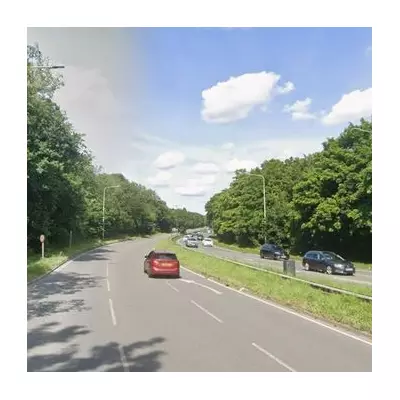
As temperatures plummet across the UK, motoring experts are urging drivers to master a commonly overlooked feature in their vehicles that could significantly reduce fuel consumption during the colder months.
The Magic Button You're Probably Using Wrong
Nestled among your car's climate controls lies the air recirculation button - typically marked with a car icon featuring a curved arrow inside. While many drivers use it to quickly heat or cool their cabin, few understand its proper function and the impact it has on both fuel efficiency and safety.
Why Winter Demands Different Settings
During cold weather, moisture from wet shoes, clothing, and breath accumulates inside your vehicle. When you use the recirculation button in these conditions, you're trapping that moisture and creating the perfect environment for windscreen fogging.
The consequences of incorrect use include:
- Increased fuel consumption as your engine works harder
- Dangerously fogged windows compromising visibility
- Uncomfortably humid cabin conditions
- Longer demisting times before you can drive safely
The Simple Switch That Makes All The Difference
Instead of relying on recirculated air, experts recommend using fresh air mode during winter. This allows dry outside air to enter the cabin, which absorbs interior moisture more effectively and prevents condensation on your windows.
Proper technique for clear windows and better fuel economy:
- Start your vehicle and turn off the recirculation button
- Set your fan to maximum speed initially
- Direct airflow toward your windscreen and side windows
- Switch to fresh air mode rather than recirculated
- Use your air conditioning alongside heating to dehumidify air
When Should You Actually Use The Recirculation Button?
The recirculation function does have its place in specific scenarios. It's most effective during summer months when you want to cool already chilled air more efficiently, or when driving through areas with poor air quality, smoke, or unpleasant odours.
During warmer weather, recirculating cool air can actually improve your air conditioning efficiency and reduce fuel consumption - the exact opposite of its winter effect.
The Fuel Savings Add Up
With proper use of your climate controls, drivers could see up to 10% improvement in fuel efficiency during winter months. Given current fuel prices, this simple adjustment could save the average driver significant money over the course of the season.
Beyond the financial benefits, correct use of your car's ventilation system ensures faster demisting, better visibility, and ultimately, safer winter driving conditions for you and your passengers.





